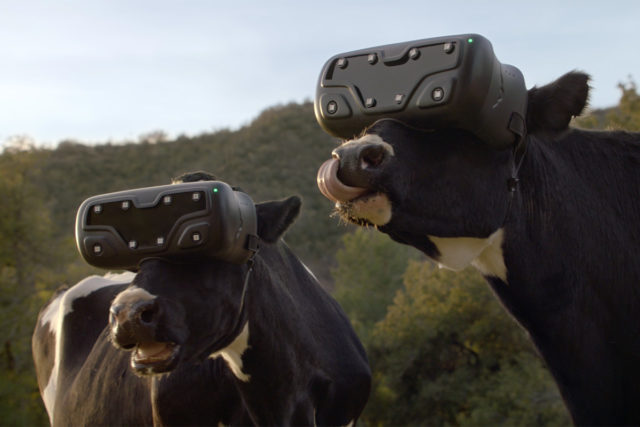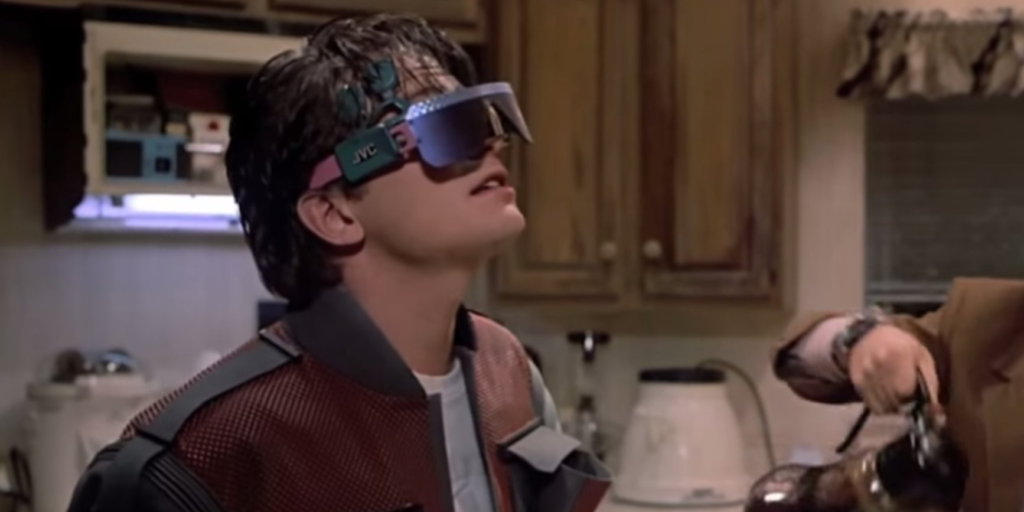Remember when Marty McFly, Jr. wore virtual reality glasses in Back to the Future II? Or when Neo unplugged from his virtual existence for the first time in The Matrix?
VR has become a hot topic in pop culture from movies to TV and even commercials, but is it enough to drive consumer adoption? It seems that every day we read, watch—or in my case, write—about VR, but the technology isn’t catching on as quickly as developers would like.
It’s no secret that brands want to tap into this immersive entertainment as a new way to engage consumers, but studies vary on whether consumers are ready . . . or even willing to play along.
According to a new report by Forrester Research, 42 percent of US online adults have never heard about VR headsets and an additional 46 percent said they don’t see a use for VR in their lives. A report by Research and Markets revealed that 83 percent of consumers said they have a positive attitude toward VR, up from 72 percent last year.
Whether it’s watching the invasion of dreams in Inception or going on adventures with the Chick-fil-A cows, VR has firmly planted itself in the public’s eye as both works of fiction and an emerging reality. NBC is has even ordered Reverie, a new drama series about VR gone wrong that will star Jessica Lu (Awkward) and Sendhil Ramamurthy (Heroes).

While very few (if anyone) is running out to buy VR after watching a movie about it, keeping this emerging tech on the minds of the public isn’t a bad thing.
“It not only increases VR’s visibility, it shows consumers that it is viable enough to warrant investment from large media companies and brands,” Stephanie Llamas, vice president of SuperData Research, told [a]listdaily.
Llamas doesn’t believe it’s possible just yet to produce a film or commercial so popular that consumers would rush out to buy headsets on a mass scale just to watch it.
“Feature-length content is few and far between mainly because consumers can’t sit in VR for that long,” she noted. “Even with episodic content like Invisible on Jaunt, it is not part of a recognizable franchise, so it really only appeals to people who are willing to give VR a shot in the first place.”
Right now, VR is where cell phones were just five-to-ten years ago, and although the potential is there, it may be a while before our dreams of all-out VR experiences becomes a reality.
Veteran investor Mitch Lasky has funded successful ventures such as Riot Games and Snapchat, but he expressed concerns about the technology’s readiness for consumption.
“When I look at it more structurally, I’d say something that may sound a little strange—perhaps the Facebook acquisition of Oculus wasn’t the greatest thing for the development of VR in the long run,” he said during Casual Connect USA last July. “It set such a high watermark, and it rung the bell so loudly for the industry, that it sort of forced the hand.”
Still, smart phone VR and inexpensive units like Google Cardboard are making the sci-fi tech accessible to just about anyone, which is helping consumer adoption.
Juniper Research predicts that hardware revenues from VR headsets, peripherals and 360-degree cameras will reach over $50 billion by 2021, up tenfold from an estimated $5 billion in sales in 2016.
This rapid growth, Juniper predicts, will arise from a widespread adoption of VR by smartphone users as well as high prices for VR headsets.

